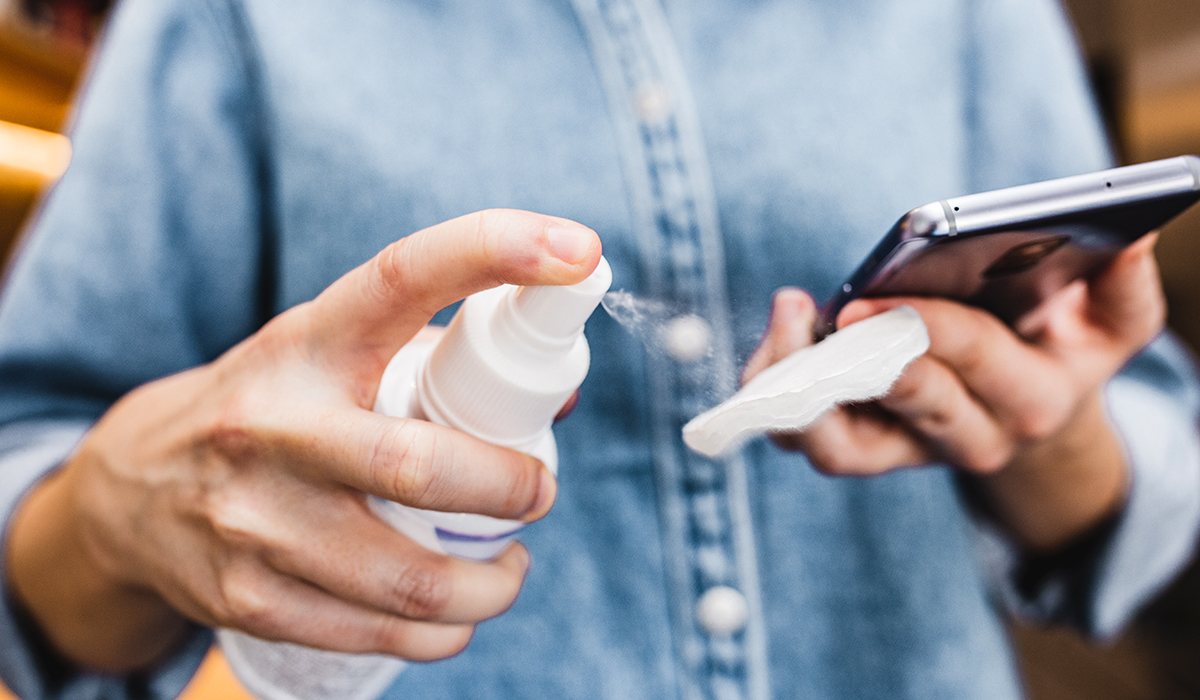September 2024
Cold season is upon us. With some of the respiratory infections that plague people in winter, you can greatly reduce your chances of getting sick — and developing complications — by getting vaccinated. Vaccines that can help you stay healthy in the winter include those that protect against the flu, COVID-19, and RSV.
But most of the respiratory infections that circulate during the winter are caused by cold viruses. Unfortunately, there’s no vaccine against the common cold, and antibiotics don’t help because colds are caused by viruses. That’s why it’s helpful to know how to prevent catching the latest cold — and how to effectively fight any colds you succumb to.
Here are five ways to stay healthy during this cold season.
Supplement with vitamin D
Winter is prime time for vitamin D levels to plummet. After all, vitamin D is the sunshine vitamin, and winter is when sunlight is at its weakest and least frequent — not to mention that temperatures are often cold enough that people just don’t spend as much time outside. Unfortunately, winter is also prime time for colds, and lower levels of vitamin D can negatively impact your body’s ability to fight off infection. There’s an upside, though: Supplementing with a daily dose of vitamin D can help reduce the risk of respiratory infection, particularly in people with lower levels of the vitamin in their blood.
Get enough sleep
A study published in JAMA Internal Medicine found that those who were sleep deprived had a harder time fighting off a cold virus compared to those who had sufficient sleep. When participants in the study were exposed to a cold virus, researchers found that those who had gotten less than seven hours of sleep were almost three times more likely to develop a cold compared to those who had gotten eight or more hours of sleep each night.
Eat a colorful diet
Numerous studies have found a link between the body’s ability to fight off colds and consumption of a variety of fruits and vegetables and the nutrients (like antioxidants) they contain. According to the Harvard School of Public Health, there are least nine different families of fruits and vegetables, with each family providing a variety of different plant compounds that are beneficial to human health. One easy way to ensure you’re maximizing the variety of vitamins, minerals, and other beneficial plant chemicals in your diet is by eating a rainbow assortment of fruits and vegetables. Consuming a variety of colors on a daily basis will also help ensure you meet the five-a-day goal!
Disinfect your phone
Because most people touch their phone dozens of times throughout the day, there are many opportunities for phones to pick up germs — so much so that a study at the University of Arizona found 10 times more bacteria on cell phones than on toilet seats! Phones are particularly problematic when it comes to transferring pathogens because people’s phones are often in contact with their faces. Fortunately, the problem is easy to fix: Disinfect your phone weekly using a clean cloth dampened with a mix of 60% water and 40% rubbing alcohol. Also, be sure to clean your phone if other people touch it and use a hands-free headset whenever possible.
Maintain the right humidity in your home
Did you know that the relative humidity in your home can impact your chances of getting respiratory infections? Studies on airborne bacteria and viruses have found that the survival or infectivity is minimized when the relative humidity is between 40% and 70%. Other studies have found that respiratory infections were lower among people living or working in places with mid-range humidities, compared to those in places with high or low relative humidities.
Not sure what the relative humidity is in your home? Many digital thermometers also display the relative humidity. It’s worth getting
multiple of them so you can put them in the kitchen, all bedrooms that people sleep in regularly, your basement (if you spend time down there), and your common living area. That’s because the relative humidity can vary based on how you use the space.
Humidity can also vary based on the weather conditions. Is it damper and rainier outside? Do you live somewhere with humid summers — or very dry summers? Do you have cold winters that cause you to run the heat, which can dry out the air?
Once you know the humidity challenges your house faces, you can invest in the right tools to hit the target range of 40% to 60% — the best for preventing illness and also minimizing other problems for human health, like mold. You may need a dehumidifier. Or you may need a humidifier. Or you may need both. Look for ones that can measure — and respond to — the current humidity, and let you set a target.



